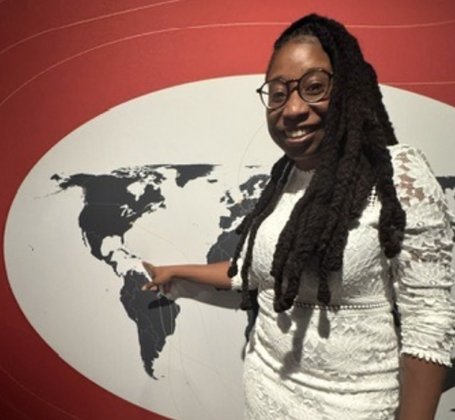This funding was approved following the submission of a comprehensive proposal by Statia, outlining the island’s commitment to remembrance, education, improving heritage infrastructure, and deepening knowledge of its past.
The contribution was formally confirmed in a letter from the Ministry of the Interior and Kingdom Relations of the Netherlands on 8 August 2025. The grant will support a series of multi-year projects scheduled from 1 August 2025 through March 2029. These will include the construction of a multi-million-dollar heritage centre, monument markers to acknowledge the routes of enslaved people on the island, and an underwater heritage park to commemorate those who lost their lives at sea, among many other projects. The initiative aims to advance public awareness, education, and cultural preservation related to the legacy of slavery, while honouring the resilience and contributions of the enslaved and their descendants.
The Commissioner commends Raimie Richardson, who authored the entire Action Agenda that secured the funding and worked tirelessly to guide the process to completion. She stated that the island and its people can be proud of this accomplishment. In addition to securing funding, the Commissioner also commends Richardson for lobbying for the establishment of the Slavery Memorial Office serving Saba, Statia, and Sint Maarten, which opens on 12 August 2025 on Statia and will be a permanent cross-island office with structural operational funding.
The Statia Action Agenda was developed through extensive consultation with communities across the island and outlines key projects focused on public education, community engagement, capacity building, and heritage infrastructure.
On the island, the grant will support work that connects memory and education to community resilience and cultural preservation, including the protection of historic sites such as enslaved burial grounds, and the strengthening of local archival capacities with the new heritage centre and office facilities. Activities will be guided by inclusive consultation with elders, educators, youth, cultural practitioners, and descendants of enslaved communities, with an emphasis on improving knowledge and skills in schools, museums, and related institutions.
Statia played a key role in the transatlantic slave trade, with many enslaved people transported through the doors of Fort Amsterdam.
